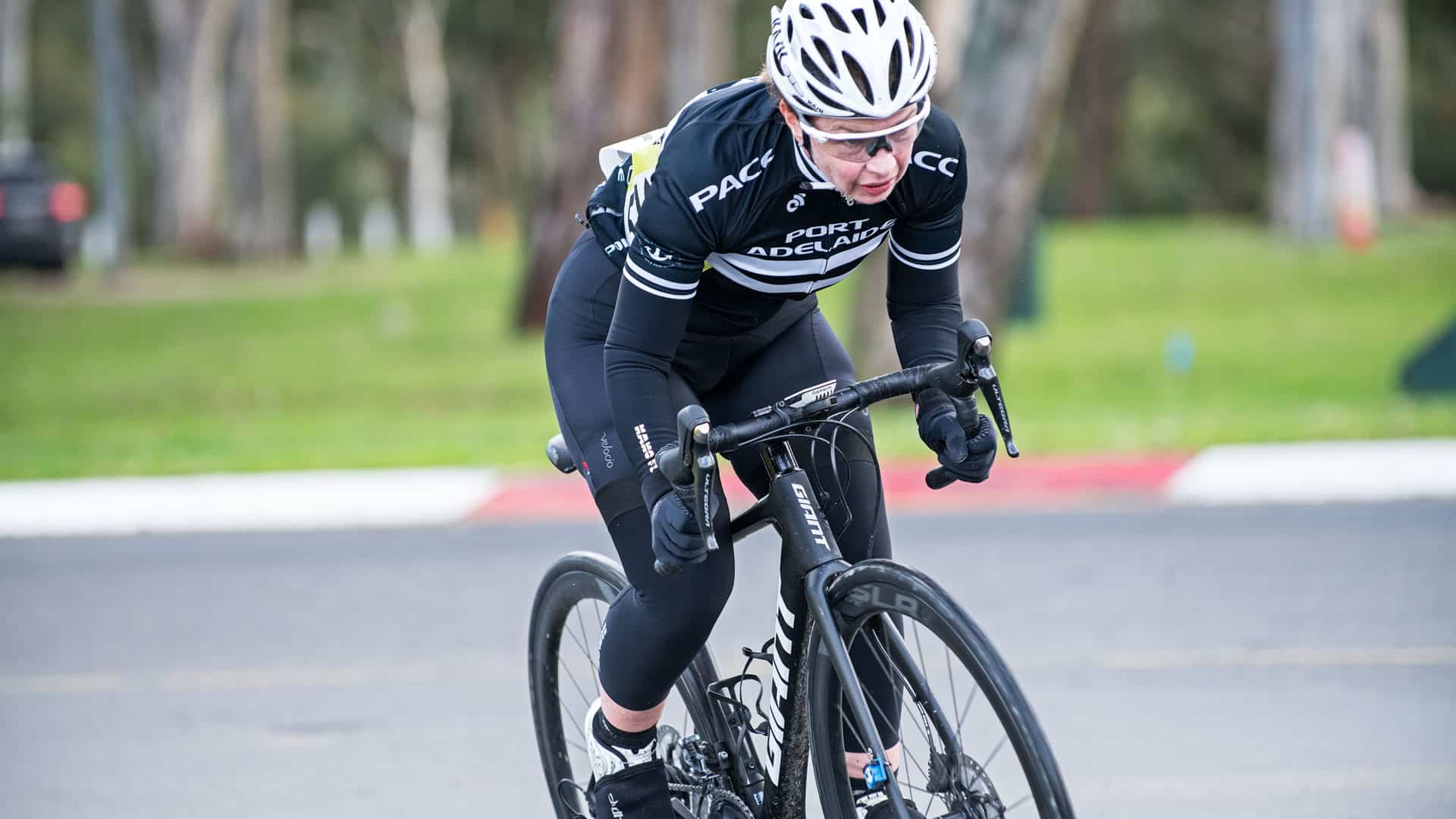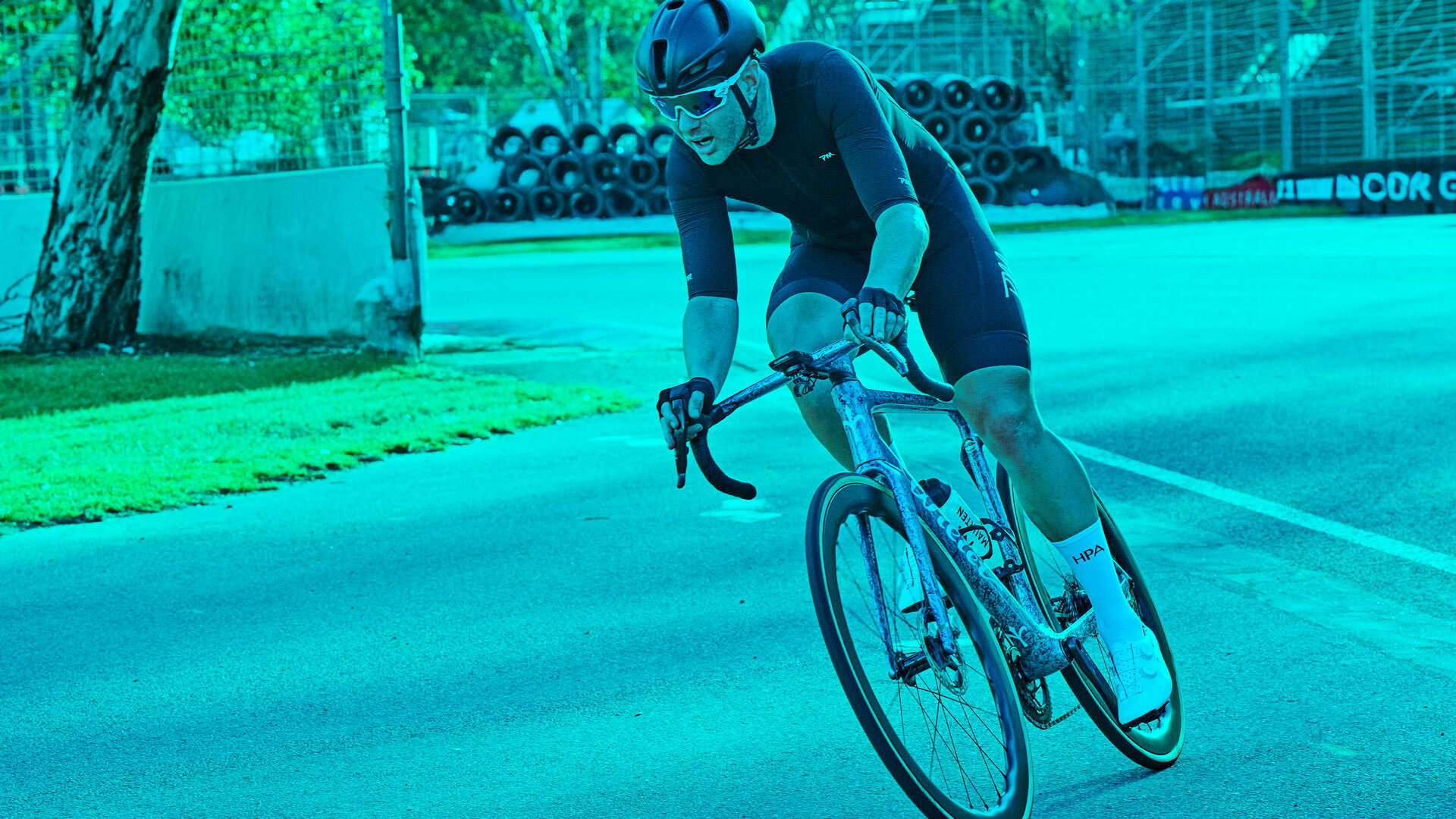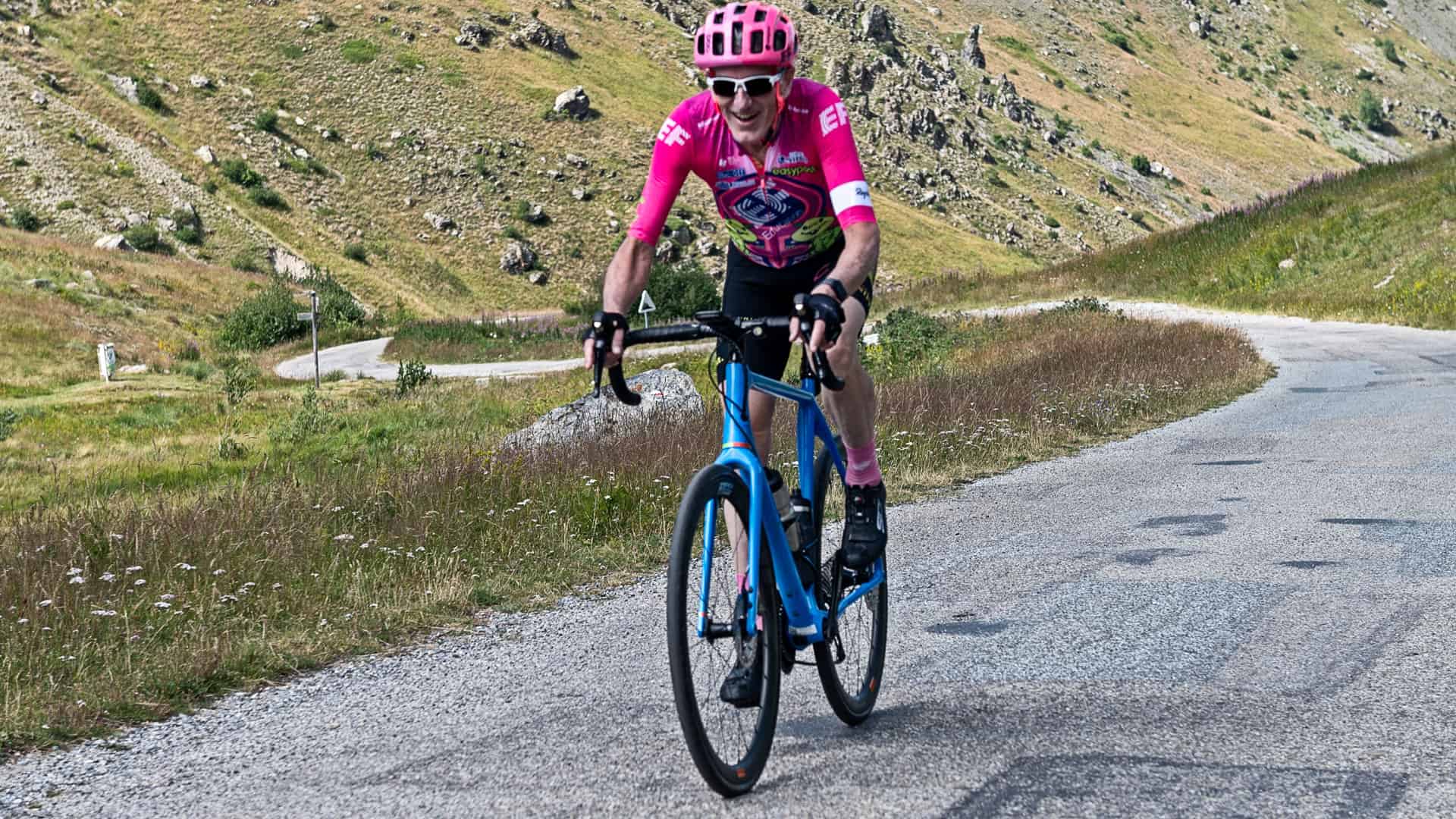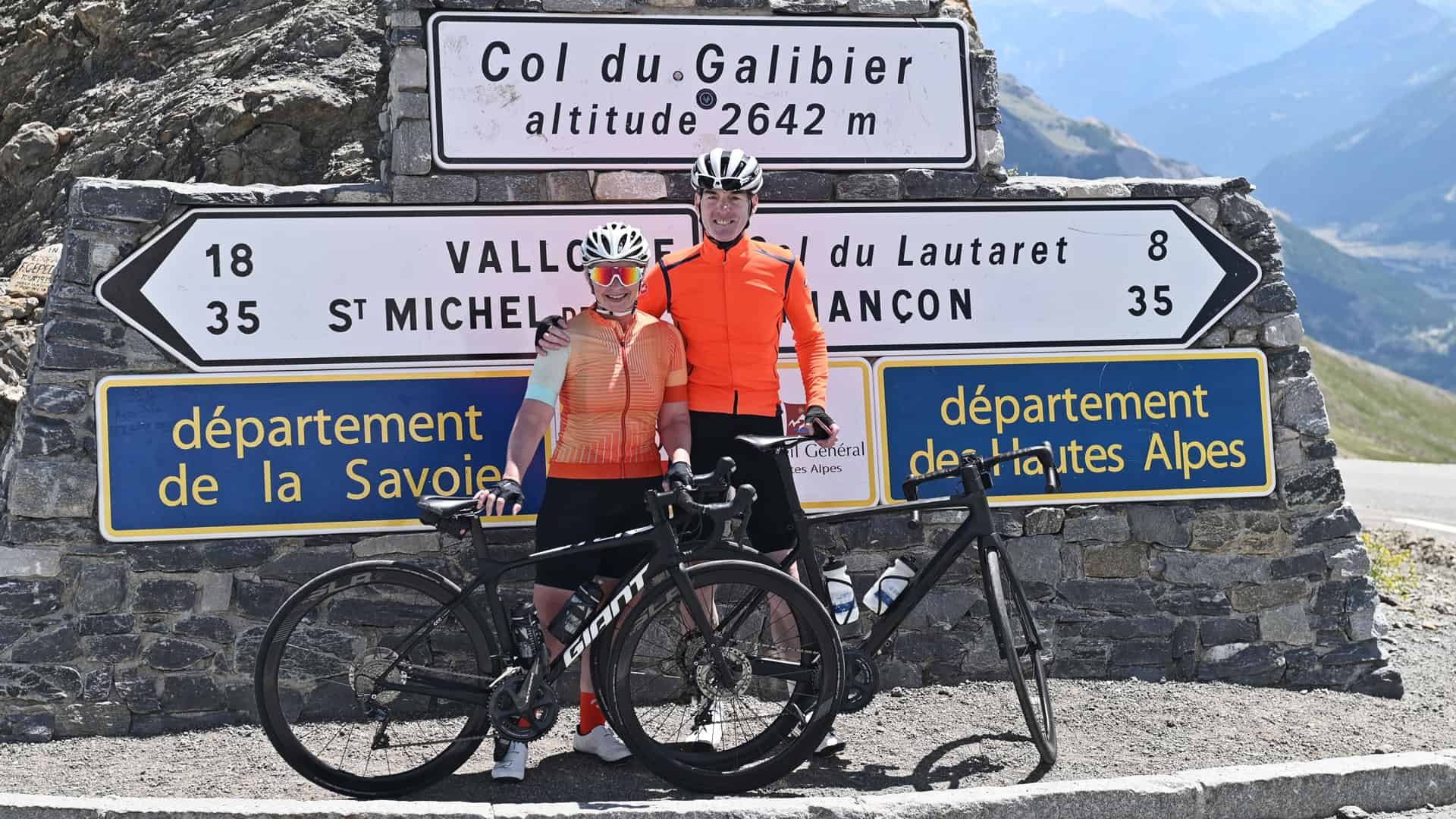In this article I cover off the important tips to help you keep your Peaks Challenge Series training focused and efficient as you progress through it over the coming weeks.
If you have been following my training articles, then you’ll know about the five most important things to address before you start your training. If you haven’t, then you can check them out here: http://www.cycling-inform.com/peaks-challenge-series-getting-started-cycle-training-program-resources
Remember that each of the Peaks Challenge Series rides are long endurance events that focus on a lot of climbing. It’s important to keep being reminded of this so your training is focused and efficient as you progress through it over the coming weeks. Doing other types of training unrelated to this goal, will not be the most efficient use of your time.
So with the program underway the key things we want to achieve from the first phase of your training is:
- To start building a good strong (working on the engine) aerobic base so that you can build on it in the coming weeks
- Laying the foundation for developing strength and efficiency with our hill climbing technique
As most of us have family and work commitments around which we fit our cycling training around, we want to do these two things as efficiently as possible.
So this means that for the first phase the ideal training is based around building your aerobic base by getting out on the bike regularly and doing around nine to fifteen hours of training a week.
During this time, you’ll want to focus on the balance of these three things:
- Low-intensity endurance training during the weekends that includes spending much of the time climbing hills
- Specific long interval low cadence indoor training sessions where the focus in on good pedaling technique and low-intensity recovery rides during the week
- Off the bike specific functional strength training
It’s not the time to be sitting in fast moving bunches along flat roads or doing short high-intensity efforts on a home trainer. Also, it’s not the time for High-Intensity Training (HIT). There are plenty of HIT programs available since becoming popular in the 2010’s. This training method has been enthusiastically adopted by a culture of trainers that prescribes the whole “no pain no gain” training.
However, there has been much research done in recent years that determines that building a strong base doing low-intensity aerobic training and long interval training is more efficient at improving overall fitness. It was this method of training that was popular in the 1980’s and is having a resurgence of interest today based on this new sports science research.
Don’t get me wrong. There is no doubt that HIT training makes you fast, and there is a time and a place for it, but it doesn’t build aerobic endurance. That’s why the initial phase of your training is better focused on building a solid foundation of aerobic base while working on good hill climbing technique because that’s what you’ll be drawing upon in the latter half of any of the Peaks Challenge series rides. And we use it as a foundation for the training we’ll be doing in the later phases of your program including the speed work towards the end of your program.
So here are the five most important things to address in this first phase of your training for the Peaks Challenge Series rides.
- The basic building blocks of the training is built around an indoor training session on a Tuesday and a Thursday with recovery rides on a Wednesday and Friday and a rest day on a Monday. As most of us have the weekend available for longer rides that’s where we get out and build the bulk of our aerobic base.
- The recovery rides are done at a low intensity (able to hold a conversation) and a higher cadence rpm.
- The specific long interval low cadence indoor training is done preferably on a home trainer with longer intervals done at a medium intensity (breathing hard but not breathless) at lower cadences with the biggest focus on developing a good efficient hill climbing pedaling technique and developing a stable core.
- The weekend rides consist of getting out and riding the hills while putting together the hill climbing technique you have developed during the week.
- Finally, it’s important to do body maintenance and off the bike functional strength training. Yoga is a great way of doing this or cycling specific functional strength and mobilizer exercises.






Leave A Comment